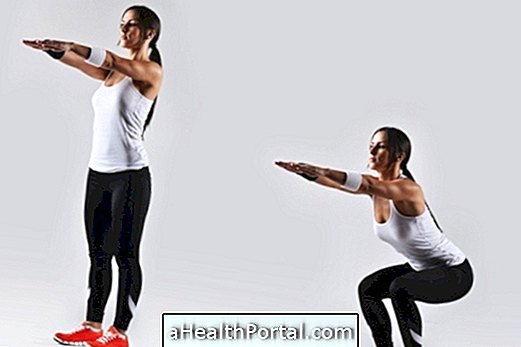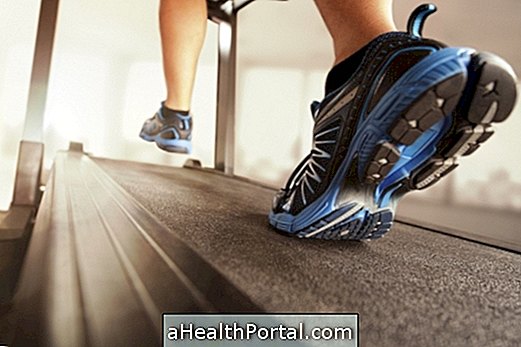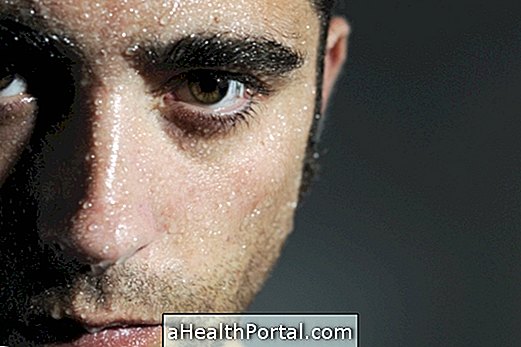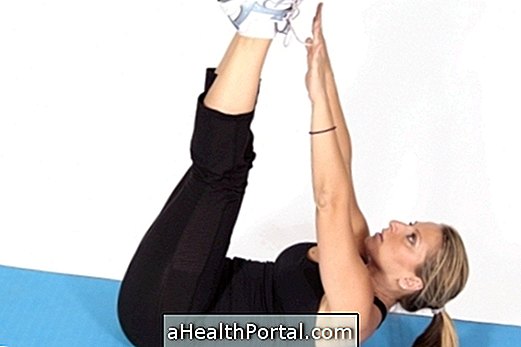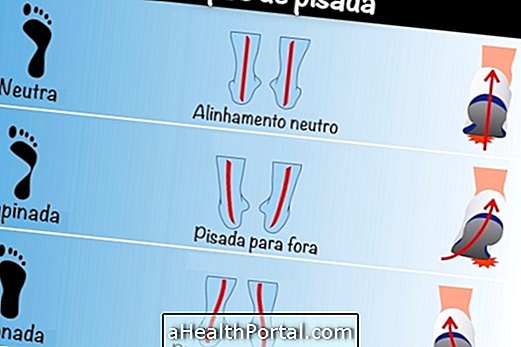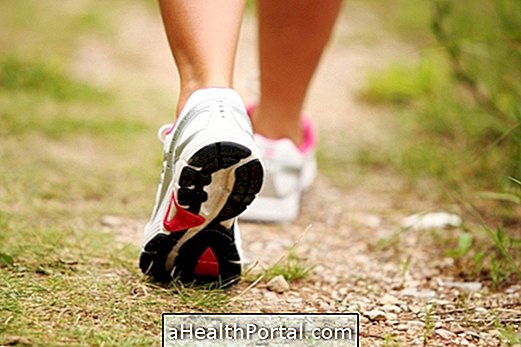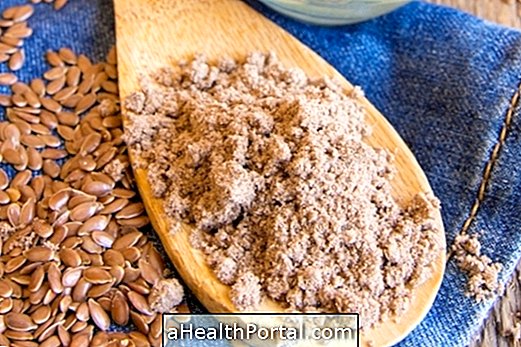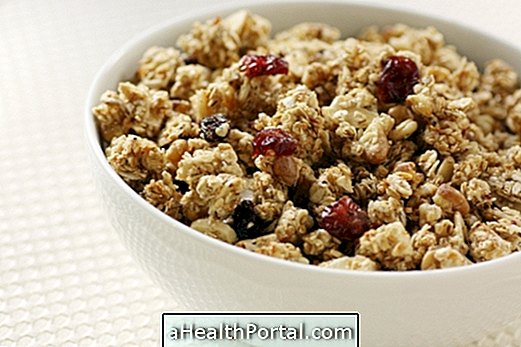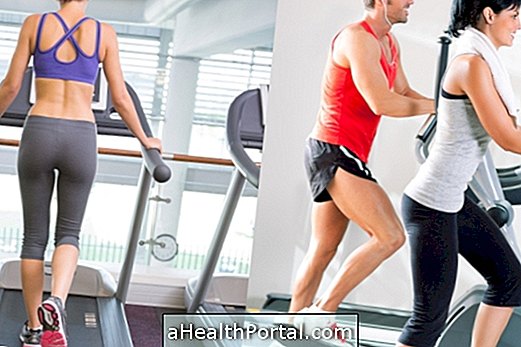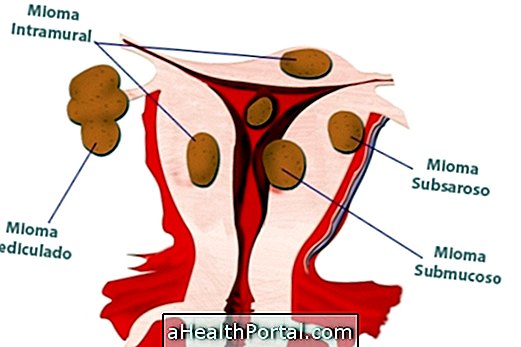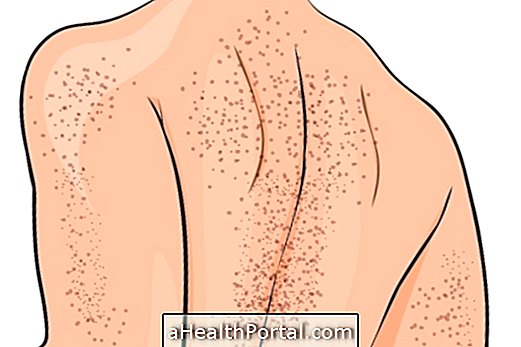Hypertension, also known as high blood pressure, can be controlled with aerobic physical activity, such as walking or swimming, but it should be combined with weight training, such as bodybuilding in the gym and, to be effective, should be performed 3 times a week during at least 30 minutes.
However, before starting to exercise, the patient with hypertension should go to the doctor and make a general assessment, including blood and heart tests to see if he is fit to perform physical exercise without limitations and before each workout should measure pressure and start the activity only if you have the pressure less than 140 / 90mmHg. Learn how to measure pressure in: How to measure pressure.
In addition to exercise, it is important to maintain a low-salt diet, with no sausages and snacks, and in some cases using medicines prescribed by the doctor to lower the pressure, helping to keep the pressure within the normal range of 120 / 80 mmHg.
Training to control high blood pressure
To lower the pressure you should do physical activities every day that contribute to lower heart rate, increase heart strength and increase the ease of breathing.
Therefore, to control hypertension, it is necessary to perform:
- Aerobic exercises such as walking, swimming, dancing or cycling, for example at least 3 times a week for at least 30 minutes in mild to moderate intensity that increase cardiorespiratory fitness;
- Anaerobic exercises, at least 2 times a week and that can involve exercises with weights and help to strengthen the muscles, performing 8 to 10 exercises with many repetitions, between 15 and 20, but few series and with series, 1 to 2, for example.


It is important that the individual with hypertension follow the plan of the gym teacher and perform the exercises slowly and correctly so that the blood pressure does not increase too much during the exertion.
Signs that indicate that you should stop exercising
Some signs that indicate that you may have high blood pressure may be:
- Severe headache with dizziness;
- Double vision;
- Bleeding from nose;
- Ringing in the ear;
- I get sick.
To confirm that the pressure is high, you must measure the pressure with a device, and if the maximum pressure, which is the first pressure on the monitor, is close to 200 mmHg, stop the activity, as there is a greater chance of developing a heart problem. Next, the pressure must be lowered slowly, the value must be lower after 30 minutes of rest.
In addition, the patient with hypertension should always measure the pressure before starting any activity to know if he is able to perform the exercise, and should only start exercising if he has a pressure lower than 140/90 mmHg. Get to know more high blood pressure symptoms in: Symptoms of high blood pressure.
Benefits of Exercise for High Blood Pressure
Normally, after regular physical exercise, blood pressure decreases both at rest, during exercise and even after exercise, decreasing from 7 to 10 mmHg over the initial pressure values.
In addition, the effect of exercise is more effective at mild or moderate stages of hypertension, in some cases avoiding the use of medication prescribed by the physician, or decreasing the dose of the antihypertensive drugs necessary to control the disease.
Watch this video and learn more tips for controlling hypertension

To learn how to eat a diet low in salt read: How to reduce salt intake.
